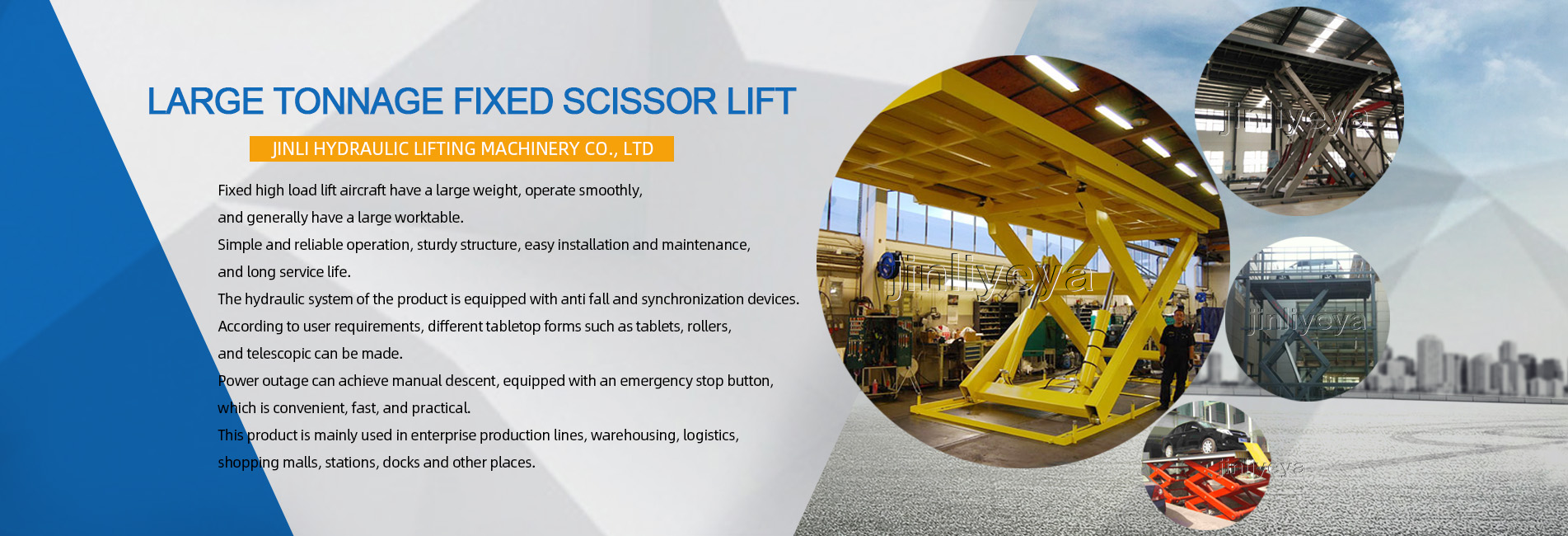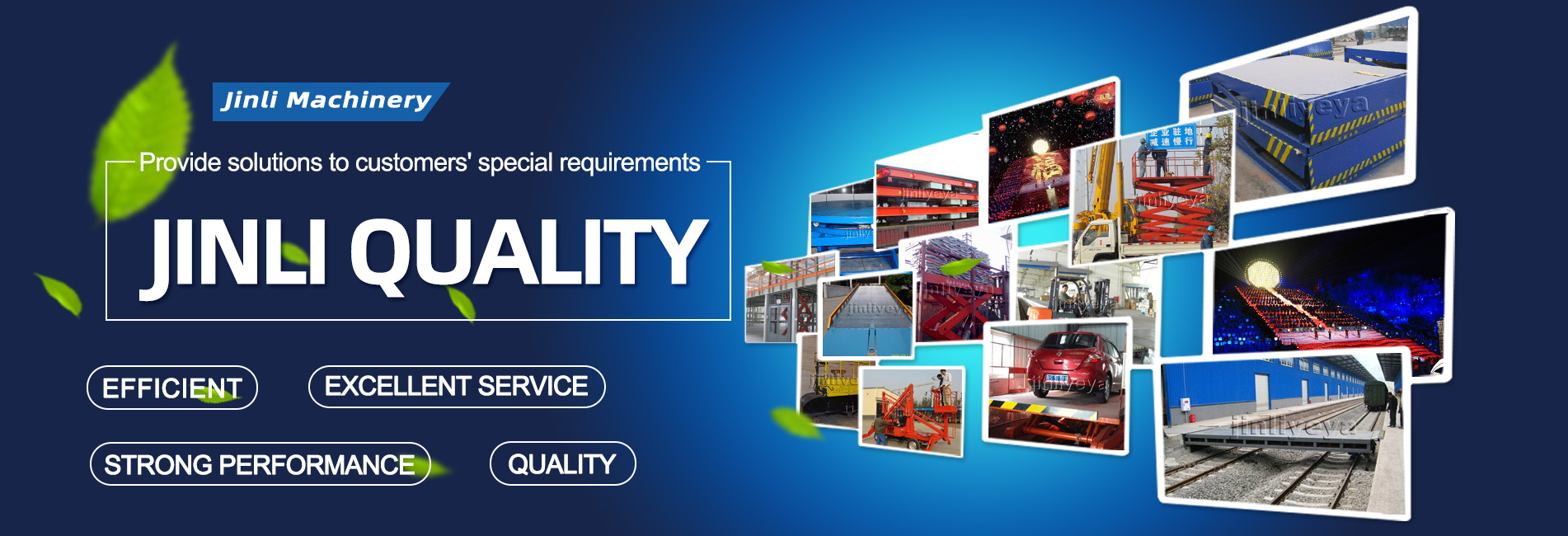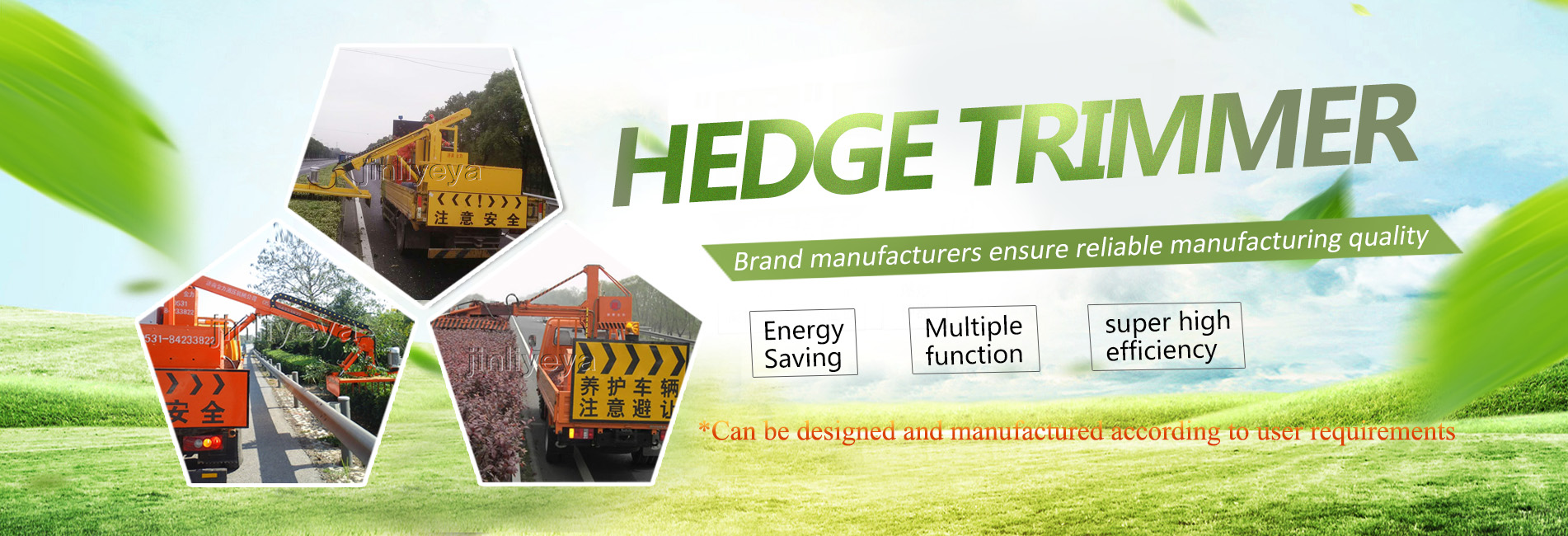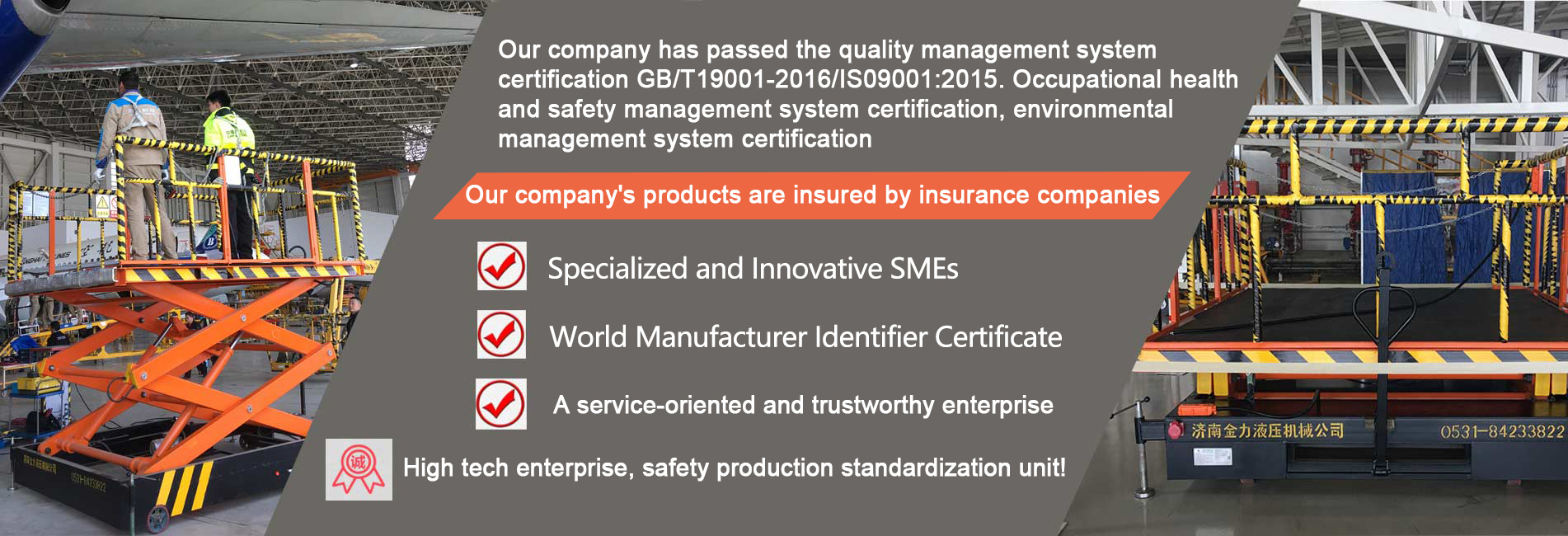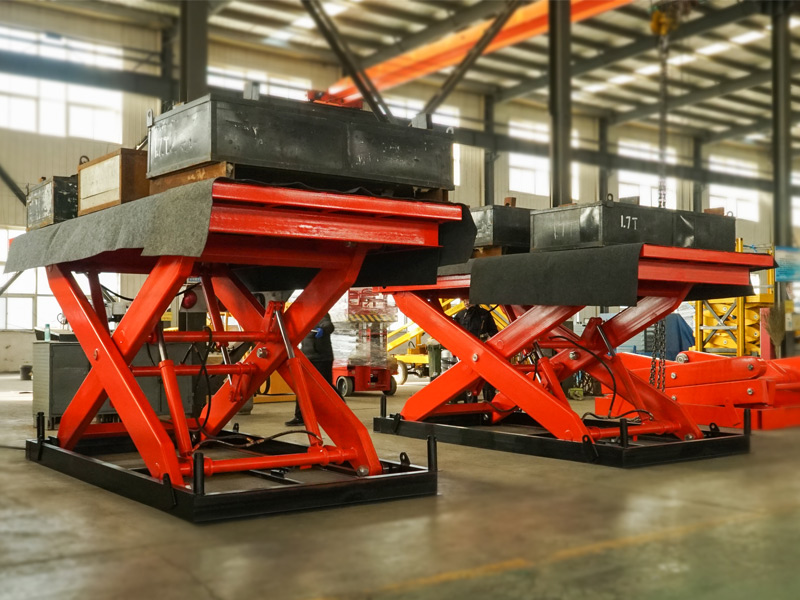
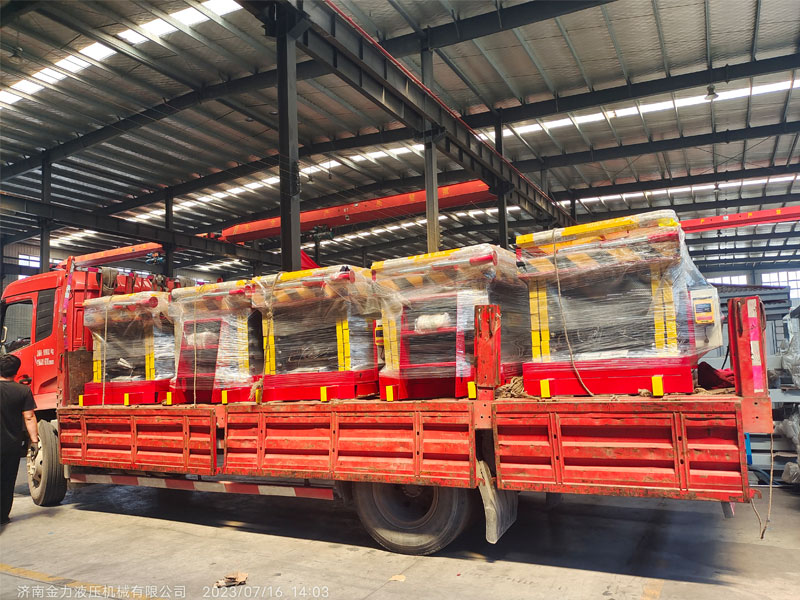
Workshop lift is a device used for vertical transportation of goods, with the following design concept:
1. Determine requirement analysis: Customize according to the actual working environment and requirements of the workshop. It is usually suitable for handling goods up and down in scenarios such as warehouses and factories. 2. Choose power source: Choose electric or hydraulic as the driving force, and choose the appropriate power mode according to the specific usage environment. 3. Design lifting device: Adopt traction or piston mode to increase lifting force to achieve lifting function; When descending, the reverse effect of gravity is used to achieve 4. Safety protection measures: should include multiple layers of safety protection mechanisms such as anti fall systems and emergency stop buttons to ensure the safety of operations 5. Control and adjustment schemes; PLC program controller can be selected for remote control and real-time monitoring to facilitate adaptability to different environments. 6. Appearance structure optimization should consider its aesthetics and practicality, such as the design of lighting facilities and convenient channels. 7. Material selection and strength calculation should take into account factors such as equipment load-bearing capacity and corrosion resistance to determine suitable materials to ensure that no unexpected problems occur during use. After 8, the cost budget should consider both affordability and quality performance. The above is the overall process of designing a basic workshop elevator. We suggest that you adjust and improve it according to the actual situation to achieve the best use effect
Pay attention to fully understanding customer needs and referring to relevant standards during design to ensure product quality and safety.


